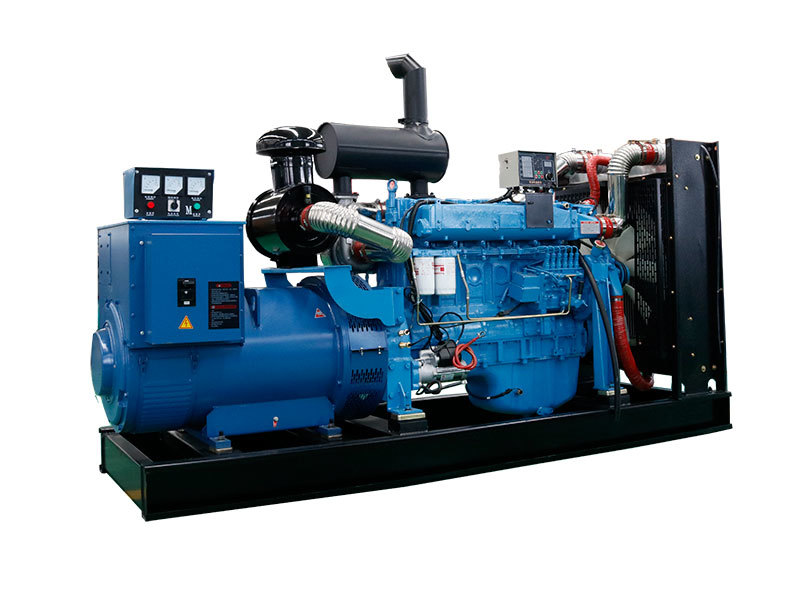The Importance of Generator Set Paralleling Controls
Did you know that generator set paralleling controls play a crucial role in ensuring a reliable power supply? These systems enable multiple generators to work together seamlessly, providing consistent and efficient power distribution.
Understanding Paralleling Controls
In my experience, understanding the basics of paralleling controls is essential for optimizing power generation. Generator sets are connected in parallel to share the load and maintain a stable voltage and frequency. The paralleling control system synchronizes the generators, managing their speed, voltage, and power output.
Load Sharing: A Key Component of Paralleling Controls
Have you ever wondered how load sharing works in a paralleling system? Load sharing is the process of distributing the electrical load evenly among the connected generators. By doing so, it prevents any single generator from being overloaded, ensuring optimal performance and longevity.
Types of Load Sharing
There are two primary methods of load sharing: droop control and isochronous control. Droop control allows for a small deviation in frequency or voltage, while isochronous control maintains a constant frequency and voltage. Both methods have their advantages and are chosen based on the specific power generation requirements.
Implementing Effective Paralleling Controls and Load Sharing
Now that we've covered the basics let's dive into some practical tips for implementing effective paralleling controls and load sharing:
Conclusion and Next Steps
In conclusion, generator set paralleling controls and load sharing are essential components of a reliable and efficient power generation system. By understanding the basics and following practical tips, you can ensure seamless power distribution and optimal performance. If you're considering implementing a paralleling system or need assistance with an existing one, don't hesitate to consult a power control systems expert.





